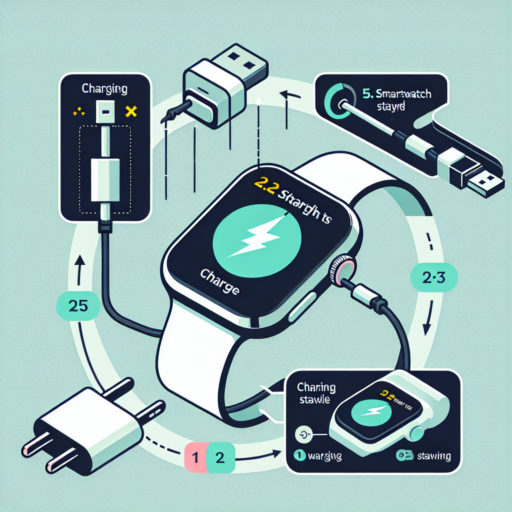How do I calibrate my compass?
Calibrating your compass is a crucial step to ensure accurate navigation, whether you’re trekking through the wilderness or navigating city streets. The process can vary depending on the type of compass and its technological features, but the essence of calibration remains to align the compass’s readings with Earth’s magnetic fields. This step is particularly important when you’ve traveled long distances or after any significant magnetic interference.
Magnetic Declination Adjustment is one of the first steps in manual compass calibration. It involves setting the compass to account for the difference between magnetic north and true north, a variance that changes depending on your geographic location. This adjustment is critical for accurate directional readings.
For more advanced or digital compasses, calibration often requires a specific sequence of movements. These might include rotating the compass slowly on a flat surface or holding it in your hand and following a ‘figure 8’ pattern in the air. Consult your compass’s manual for the exact procedure, as it can significantly differ from one model to another.
Remember, recalibrating your compass periodically is as crucial as the initial calibration. External factors like nearby metallic objects, smartphones, or even large metal structures can impact your compass’s accuracy. By following these steps and regularly checking for accuracy, you can trust your compass to guide you on your adventures.
Is compass calibration needed?
Compass calibration is a critical process that ensures the accuracy and reliability of a compass. Whether you are using a traditional magnetic compass or a digital one integrated into a device like a smartphone or a GPS unit, calibrating your compass is essential for precise navigation. The question of whether compass calibration is needed is not just about maintaining the tool’s accuracy; it’s about ensuring safety and efficiency in navigation.
The necessity for compass calibration arises from various factors that can affect a compass’s performance. These include magnetic declination changes, local magnetic anomalies, or even changes in the device’s internal sensors for digital compasses. Regular calibration helps in adjusting the compass to these variations, providing users with directions that are as precise as possible. Therefore, the short answer to whether calibration is needed is a resounding yes.
To understand the importance of calibration, one must acknowledge the consequences of navigating with an uncalibrated compass. This could lead to minor inconveniences, such as going off the intended path during a hike, or more severe outcomes, like veering off course in maritime navigation, which could be dangerous. The practice of regular calibration becomes a safeguard against such risks, enhancing the reliability of compass-assisted navigation.
No se han encontrado productos.
What does compass calibration mean on iPhone?
The term compass calibration on the iPhone refers to the process of optimizing the device’s internal compass to enhance its accuracy in determining directional headings. This calibration is essential for apps that rely on geographic orientation to function correctly, such as mapping, augmented reality, and navigation applications. When users calibrate their iPhone’s compass, they ensure that the device has a correct reading of magnetic north, which is pivotal for these applications to provide accurate directional information.
Calibration is typically prompted by the iOS system when it detects anomalies in compass readings or when a significant geographical relocation occurs. The procedure involves moving the iPhone in a specific motion, as instructed on the screen, to realign the compass with the Earth’s magnetic fields. This process helps in correcting any deviations caused by nearby magnetic interferences and enhances the overall functionality of location-based services on the device.
It’s noteworthy that compass calibration is not a one-time requirement. Various factors, including environmental changes, device updates, or even physical alterations to the iPhone (such as adding a new case), can necessitate recalibration. Consequently, understanding and periodically performing compass calibration can significantly improve the user experience by ensuring high precision in apps that depend on the device’s directional capabilities.
How accurate is the compass on a smartphone?
The accuracy of the compass feature on smartphones has always been a topic of interest and debate among users. Typically, smartphone compasses achieve their functionality through the use of built-in magnetometers. These sensors detect the Earth’s magnetic field to determine direction. However, the precision of these compasses can be influenced by several factors, leading to varying degrees of accuracy in different scenarios.
One of the key factors that affect the compass accuracy on a smartphone is the presence of magnetic interference. Common sources of such interference include other electronic devices, magnetic covers, and even the internal components of the smartphone itself. When close to these sources of interference, the compass readings can be significantly skewed, making them less reliable without proper calibration.
To enhance the accuracy of smartphone compasses, manufacturers often recommend calibrating the compass regularly. Calibration involves moving the phone in a specific pattern to help the magnetometer better understand the surrounding magnetic fields. Furthermore, software updates from the smartphone manufacturer can also improve the compass’s accuracy by refining the algorithms used to interpret the magnetometer’s data. Despite these measures, it’s important to note that while smartphone compasses can provide a general sense of direction, they may not always match the precision of a traditional magnetic compass or GPS-based systems.




